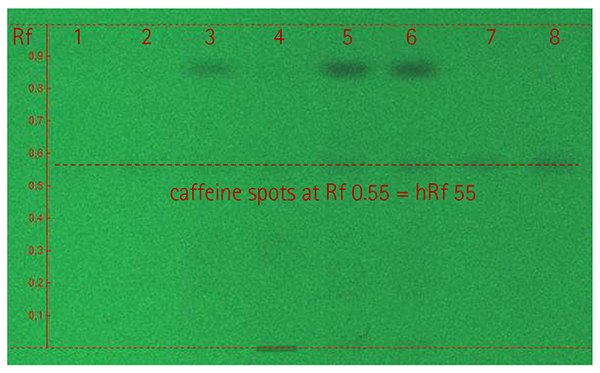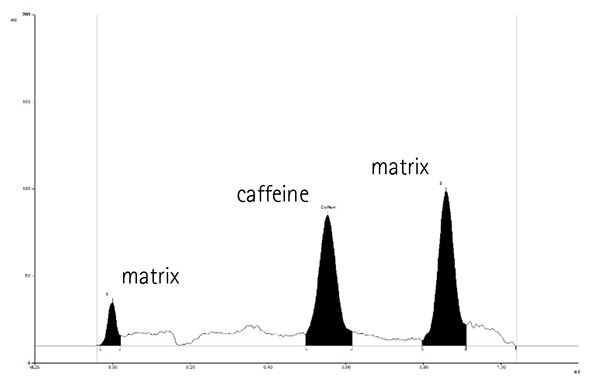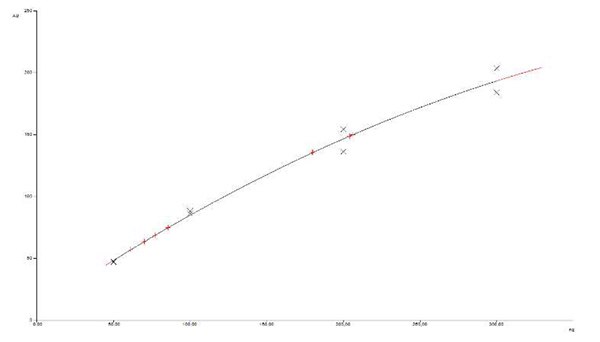Determination of Caffeine in Energy Drinks with HPTLC-MS
Introduction
An energy drink is a beverage that contains stimulants such as caffeine and taurine in additions to sugar, water, dyes and aromatics. Caffeine belongs to the alkaloid family, and it is a stimulator of the central nervous system and the most consumed psychoactive drug in the world. Too much caffeine can be problematic, especially for teenagers and children. Different countries have defined different allowed limits for caffeine in foodstuff. In Germany, there should not be more than 0.32 mg/mL caffeine in any food or beverage. Children should not ingest more than 3 mg caffeine per kg bodyweight per day. For a 10-year-old child with 30 kg bodyweight this is not more than 90 mg per day. Energy drinks often contain a high amount of caffeine, and some even contains more caffeine than the country specific limit.
Thin layer chromatography (TLC) coupled with mass spectrometry (MS) is a straightforward and cost-efficient technique to analyze caffeine in energy drinks. It does not require substantial sample preparation, instead samples can be applied undiluted (non-compromised) onto the TLC plate. After chromatographic separation on the plate (after development) the analyte(s) of interest can be eluted with an TLC interface followed by analysis with mass spectrometry (MS).

Figure 1.HPTLC plate with caffeine standard and energy drink samples under UV light (254 nm).

Figure 2a.Scan of track 3 at 273 nm.

Figure 2b.calibration curve of caffeine standards (track 1, 2, 7 and 8), black: standard, red: samples (two-fold determination).
Results and Discussion
Caffeine can be detected under UV-light (254 nm) at an hRf value of 55 (more details can be found in the chromatographic data table further down). The developed plate is shown in Figure 1. Quantification was carried out using peak height after scanning the plate at 273 nm with the TLC Scanner. By doing a four-point calibration the amount of caffeine in the samples was calculated. The caffeine level was found ranging between 0.13 to 0.41 mg/mL in the samples tested. Two energy drinks actually had a caffeine concentration above the German limit. Figure 2a and b show the scan track at 273 nm and the related calibration curve. Caffeine was clearly recognized as it’s (M+H)-ion in the MS spectrum after background subtraction, but also an adduct of caffeine and acetonitrile, the (M+CAN+H)-ion (Figure 3).

Figure 3.mass spectrum of caffeine spot with background substraction.
Conclusion
Thin layer chromatography (TLC) coupled with mass spectrometry (MS) is a quick, straightforward, and cost-efficient technique to analyze caffeine in energy drinks. It does not require substantial sample preparation, instead samples can be applied without dilution, thus non-compromised directly onto the TLC plate. Quantification can be done with a standard TLC scanner, and by using a TLC-MS Interface the analytes can thereafter also be detected by MS thus offering a dual detection that can be useful for many analytical questions.
Materials
如要继续阅读,请登录或创建帐户。
暂无帐户?